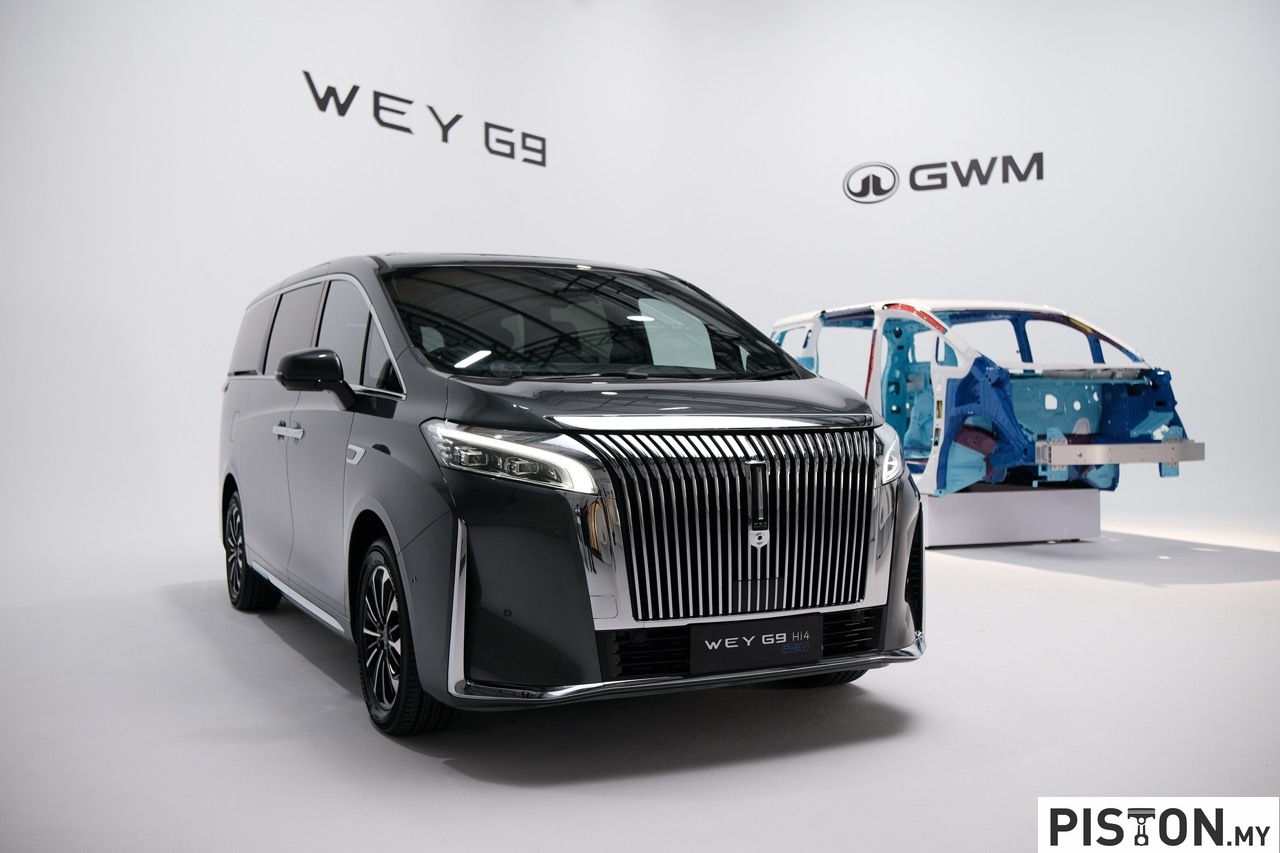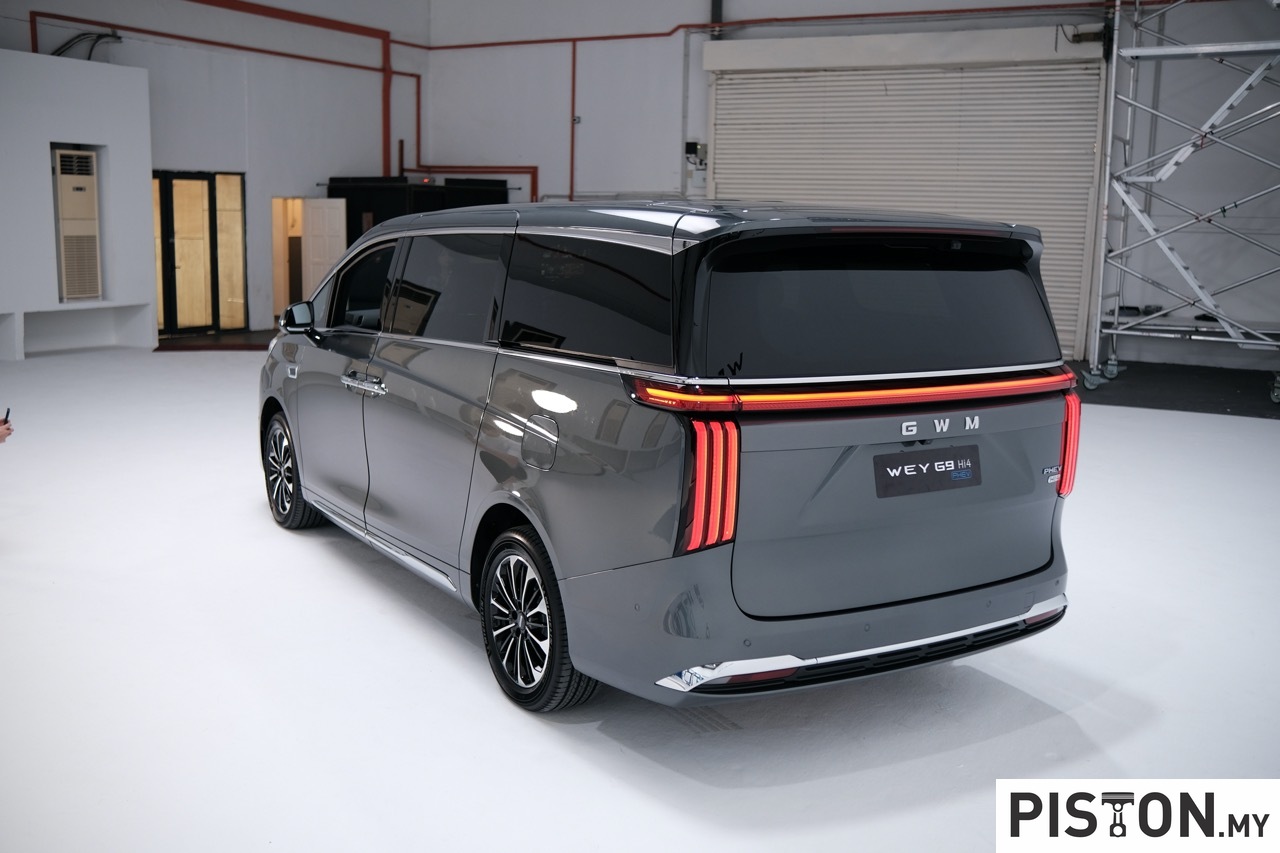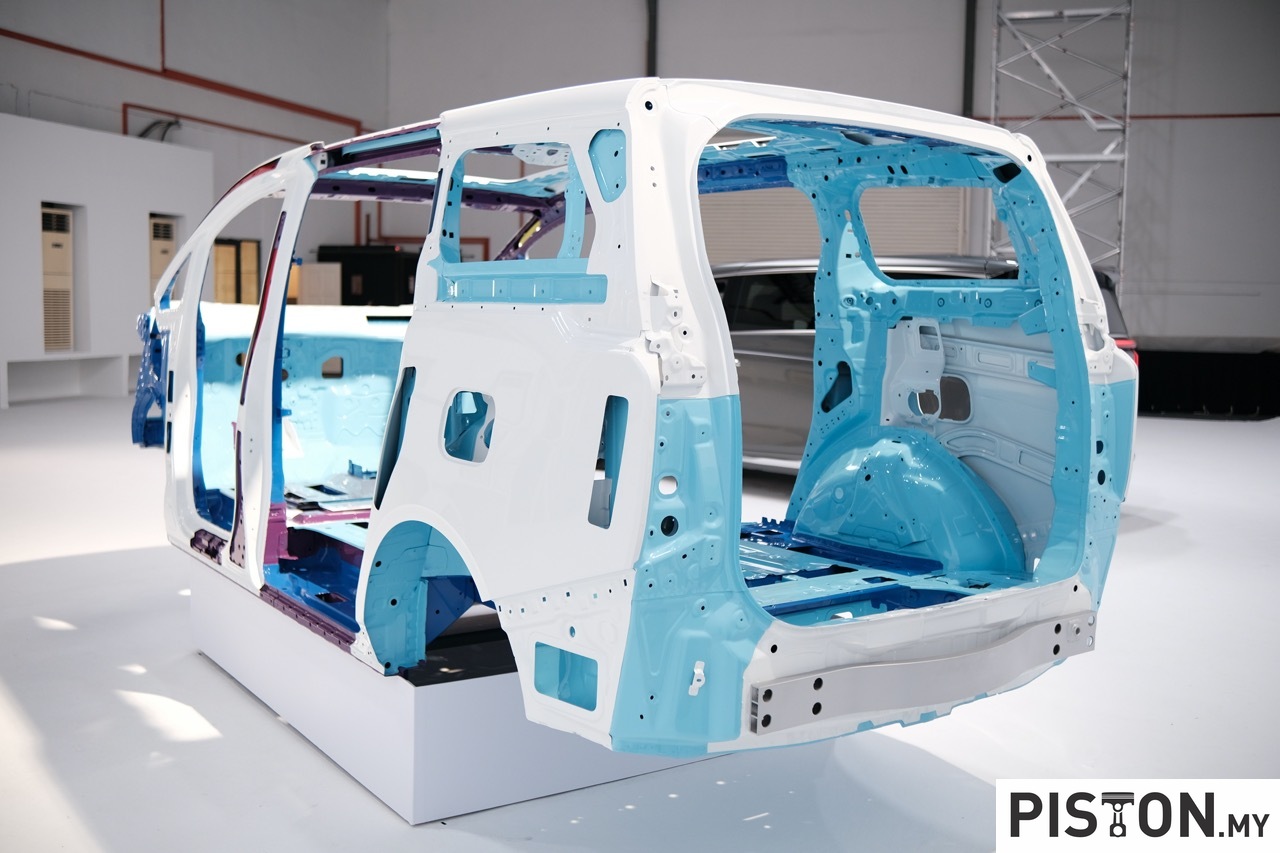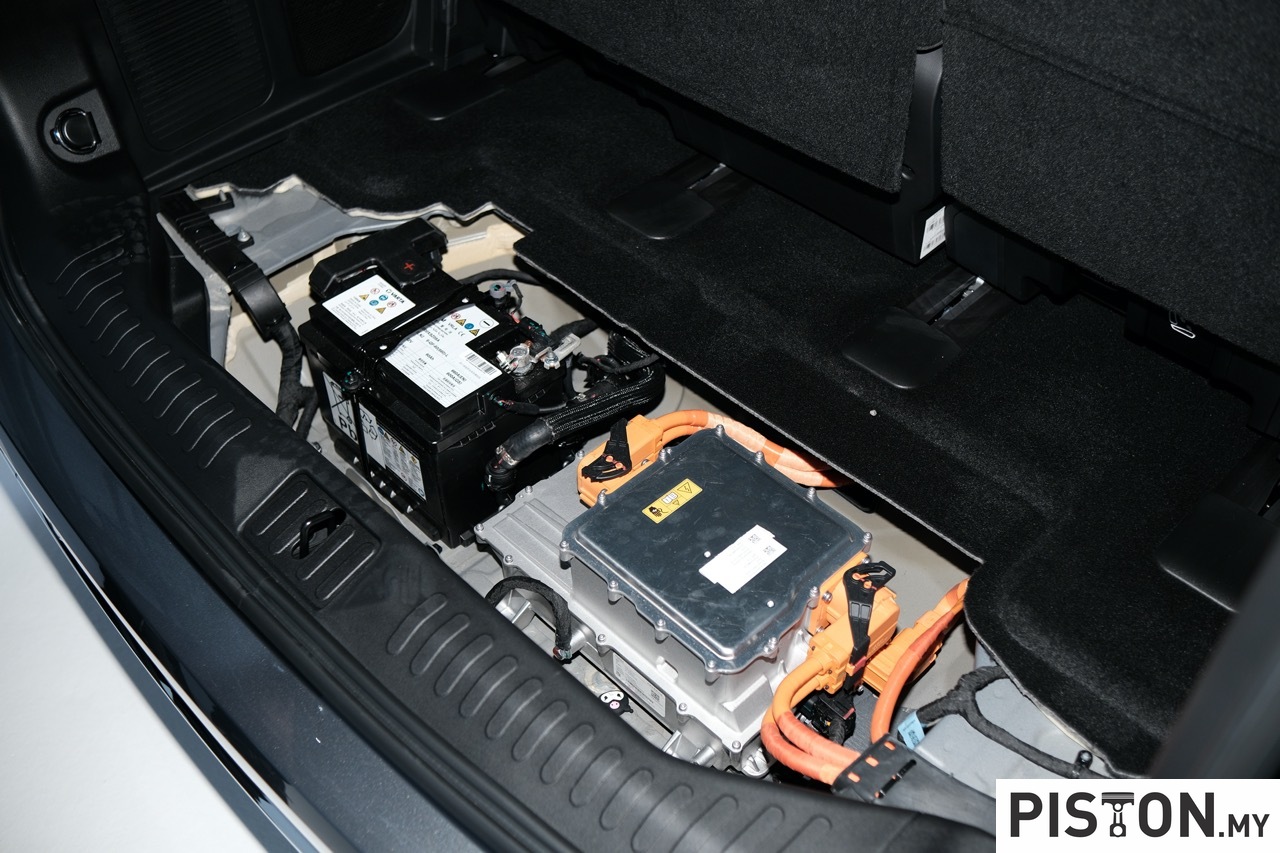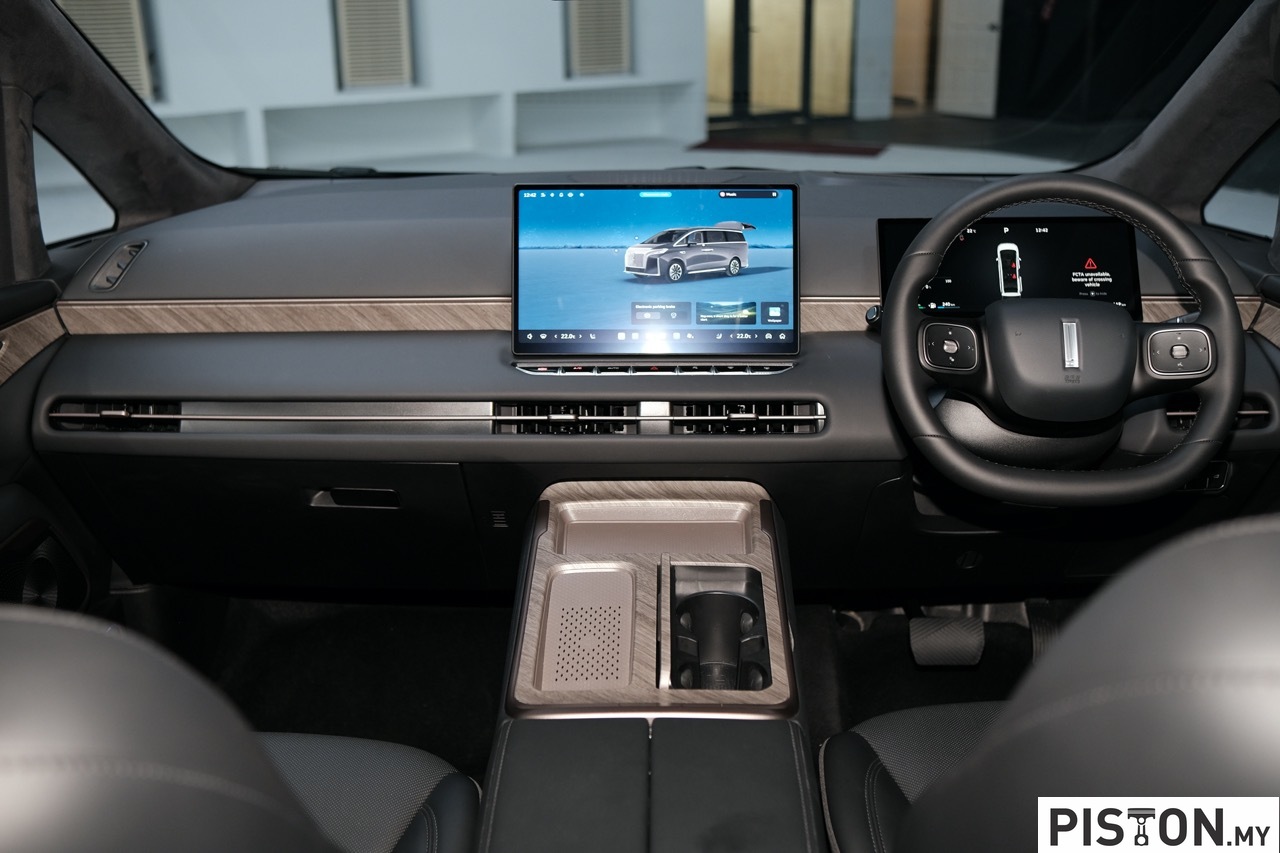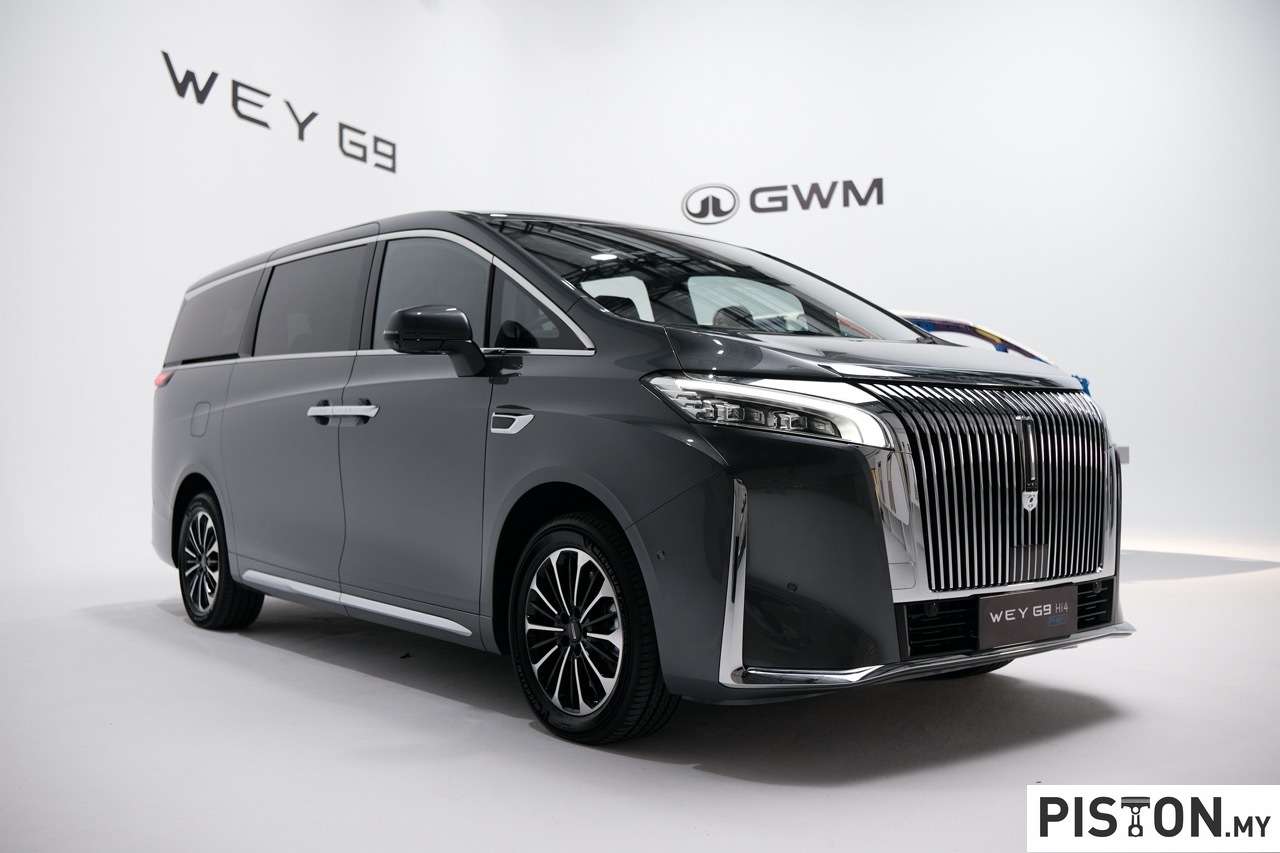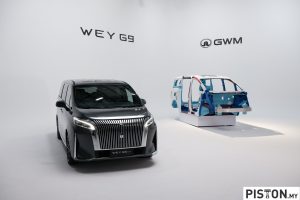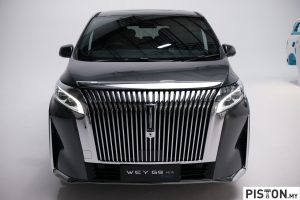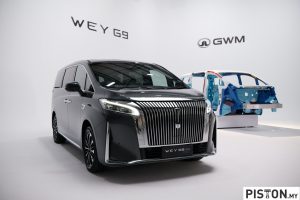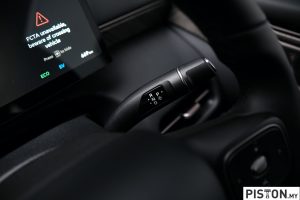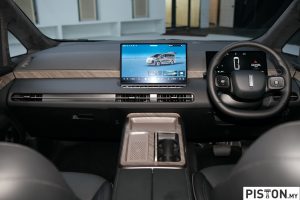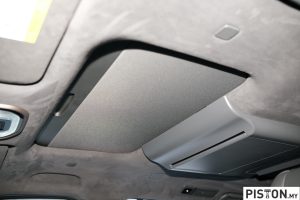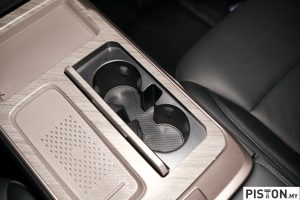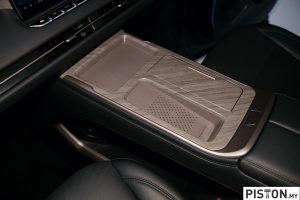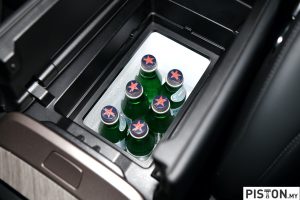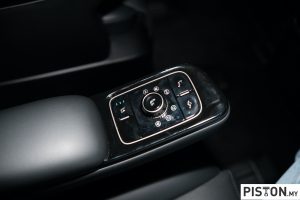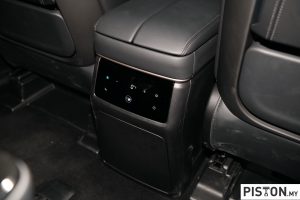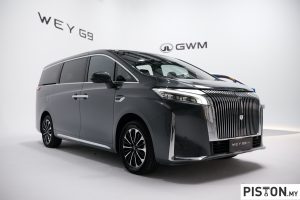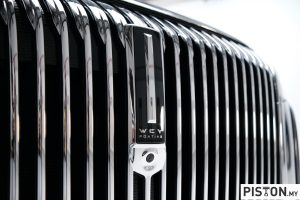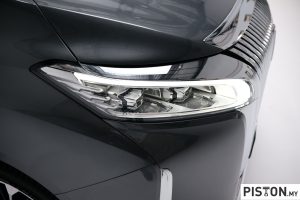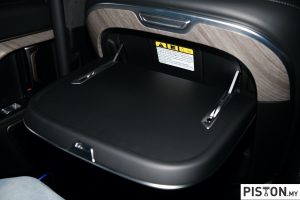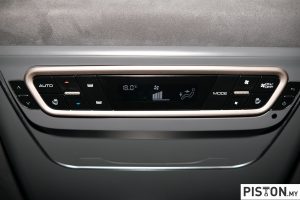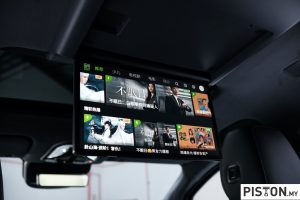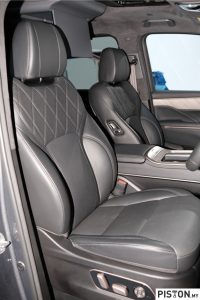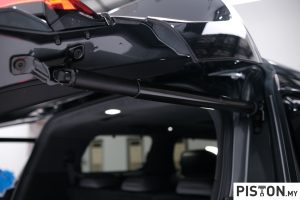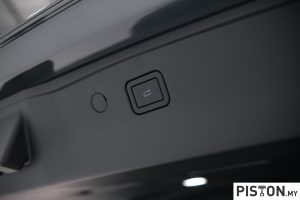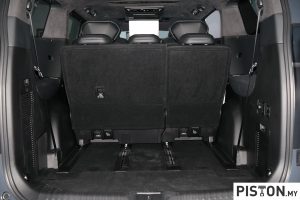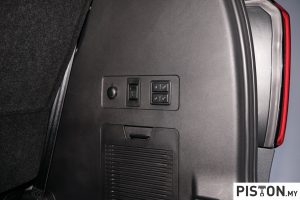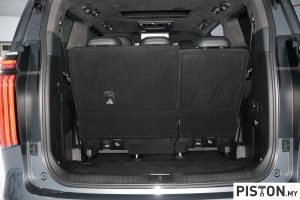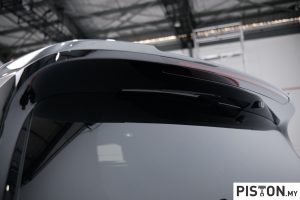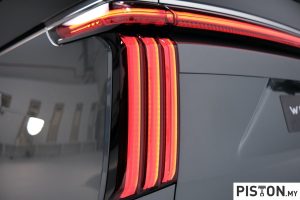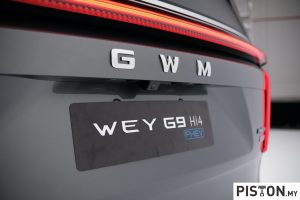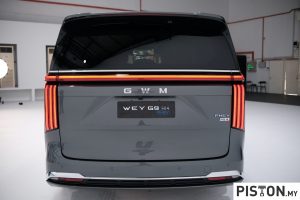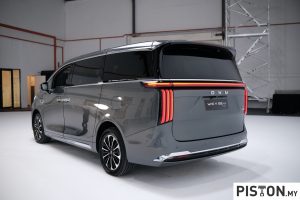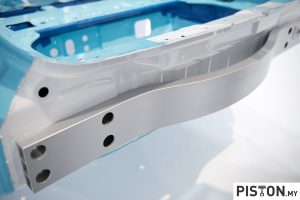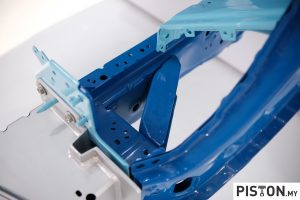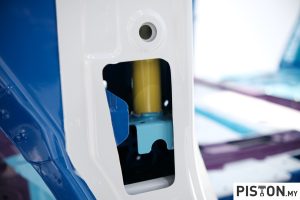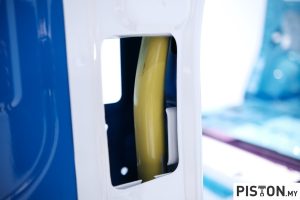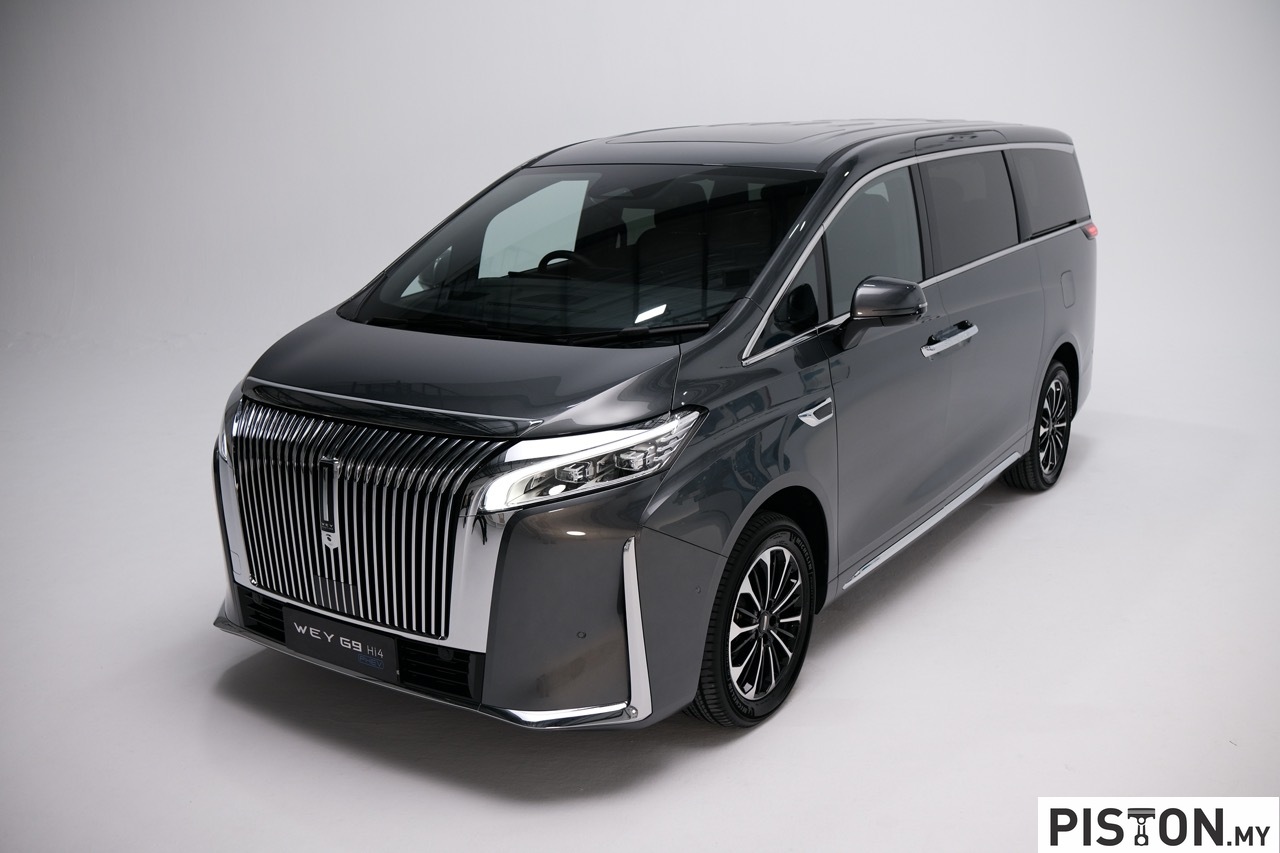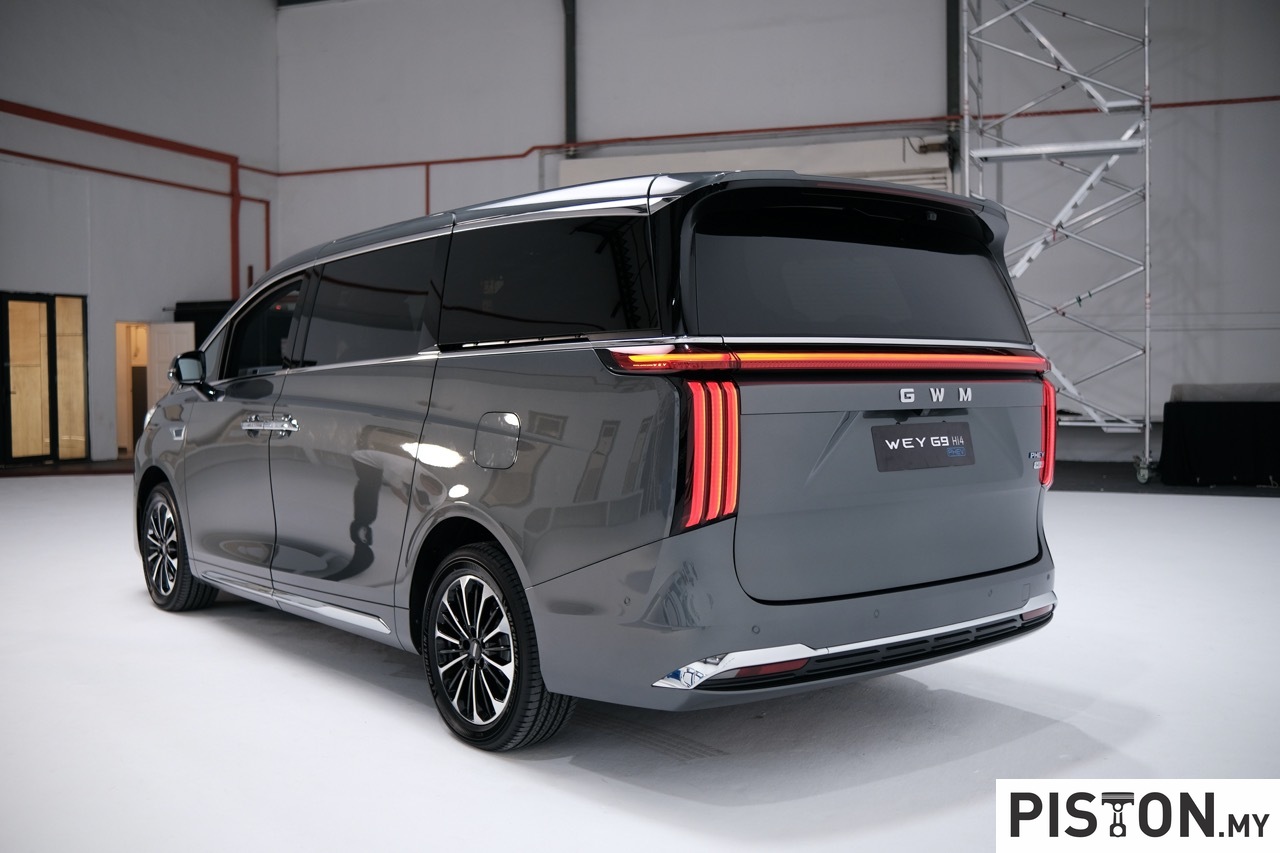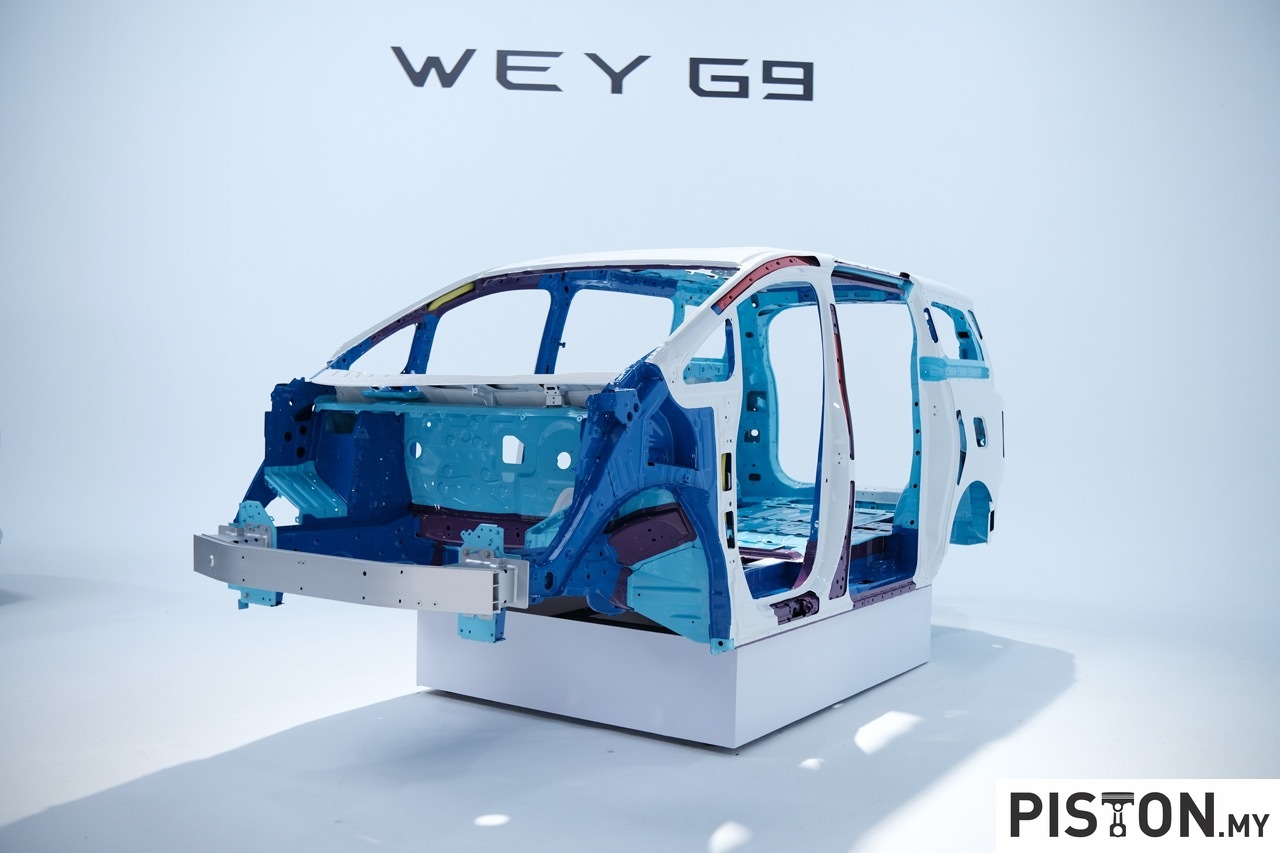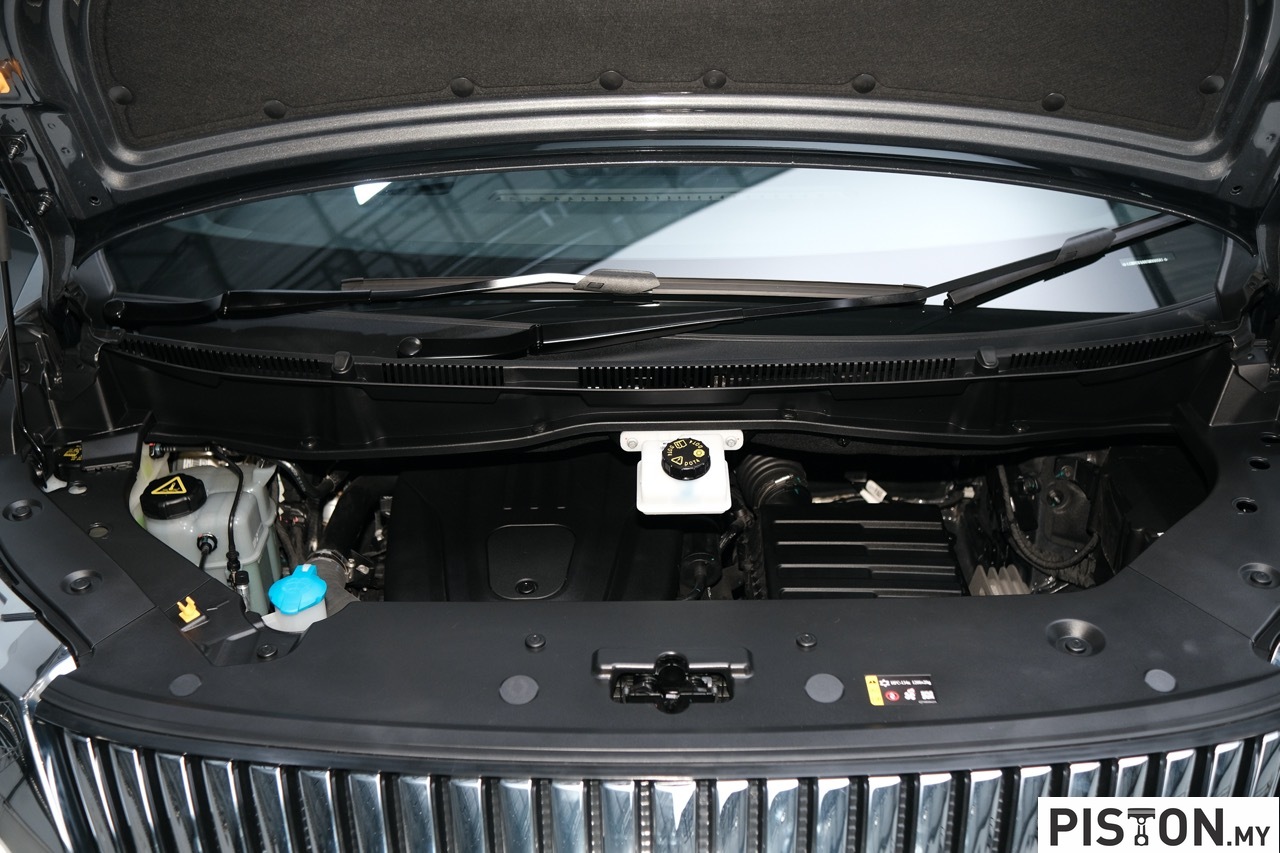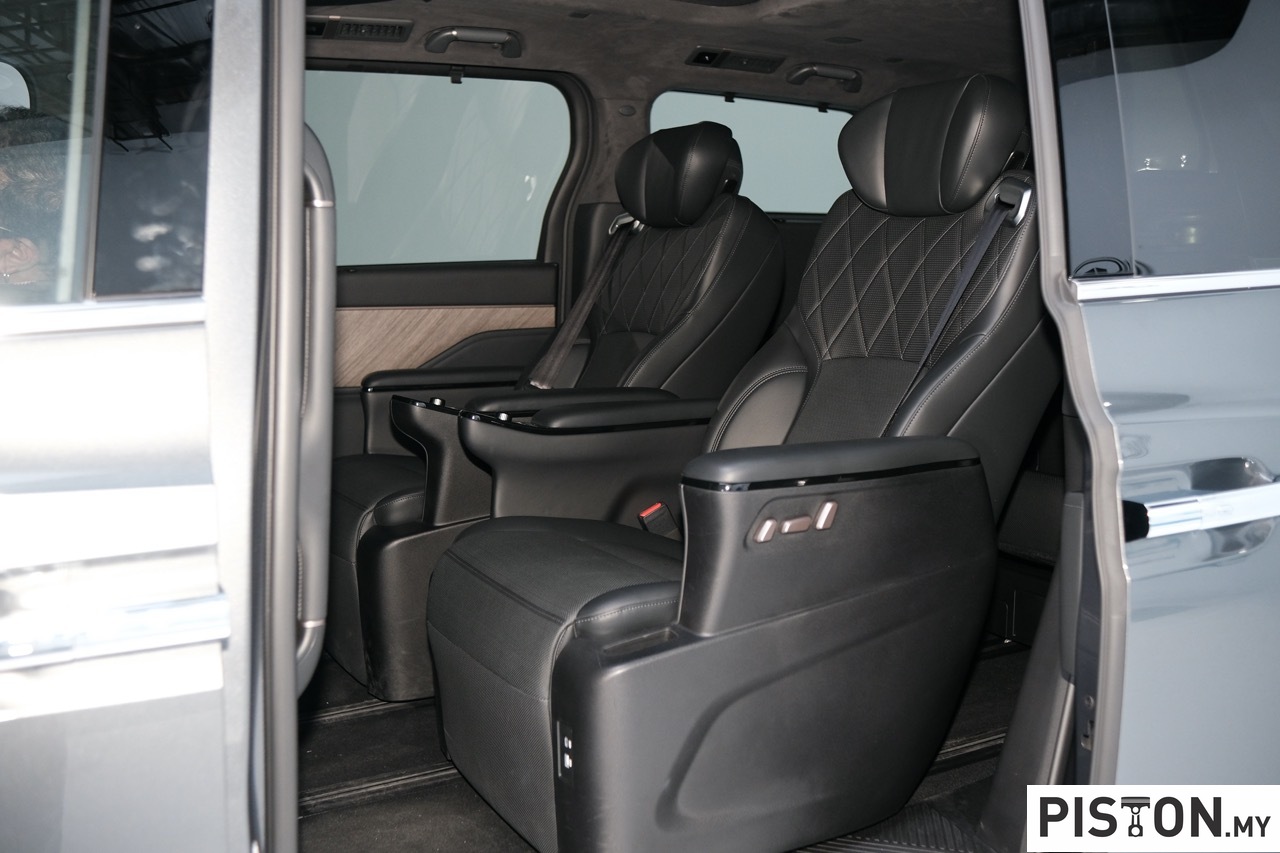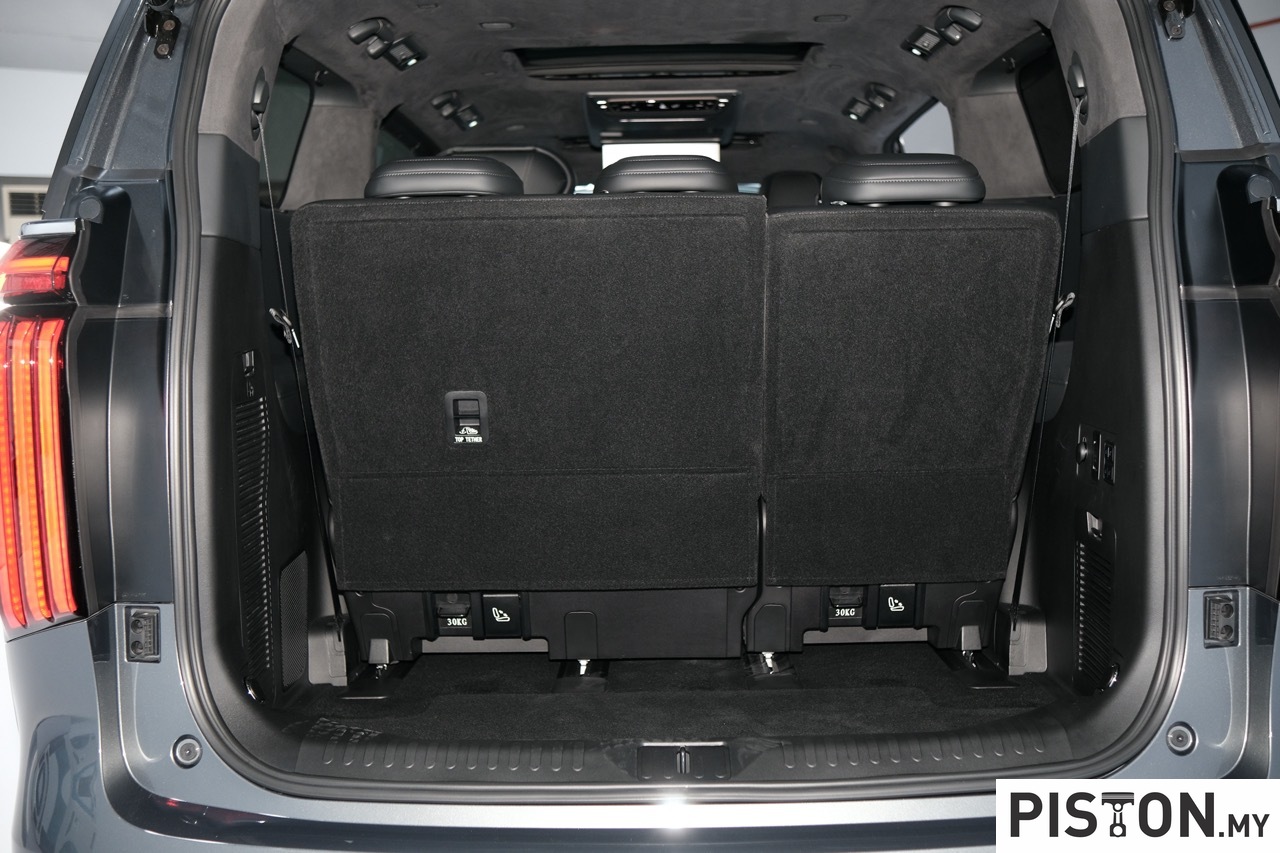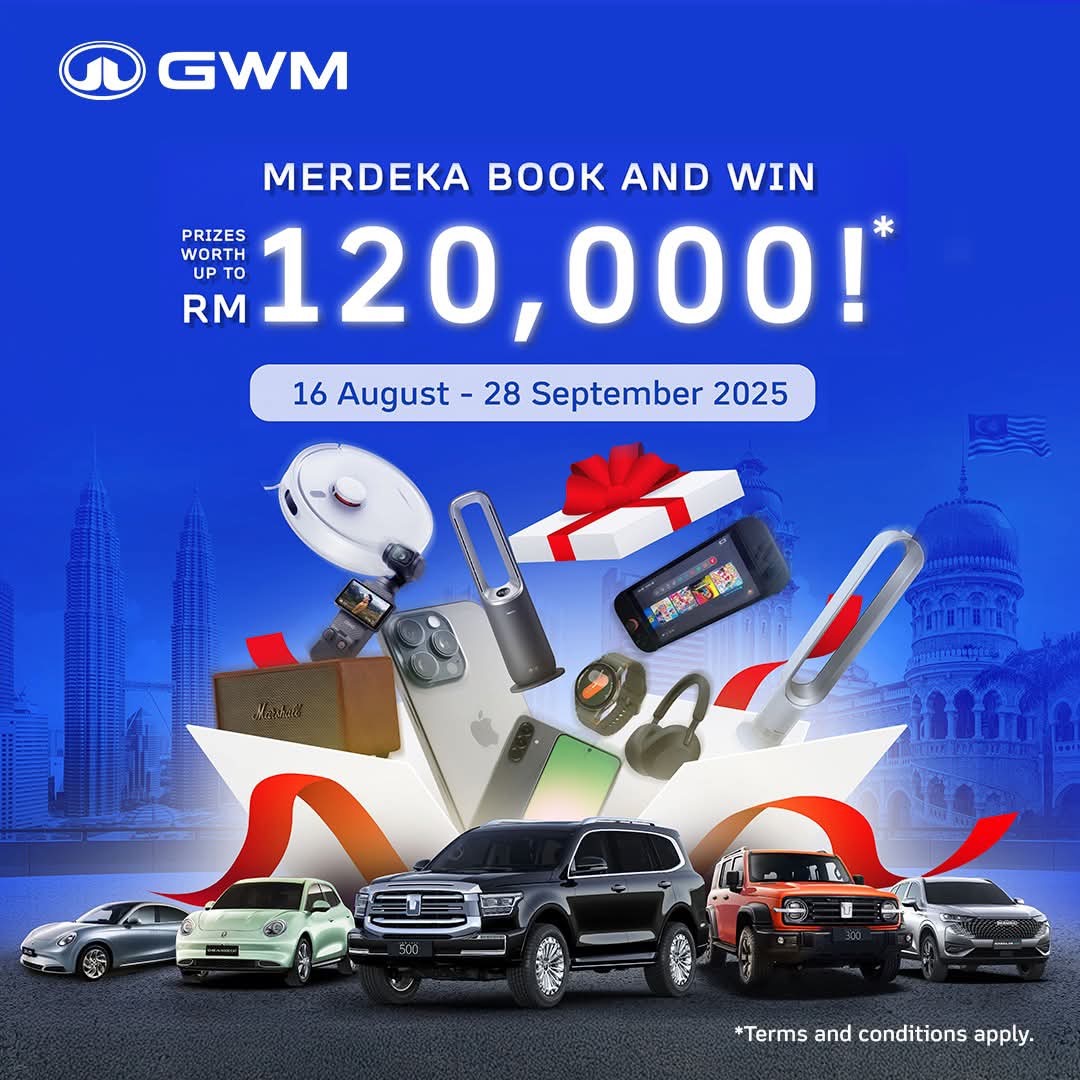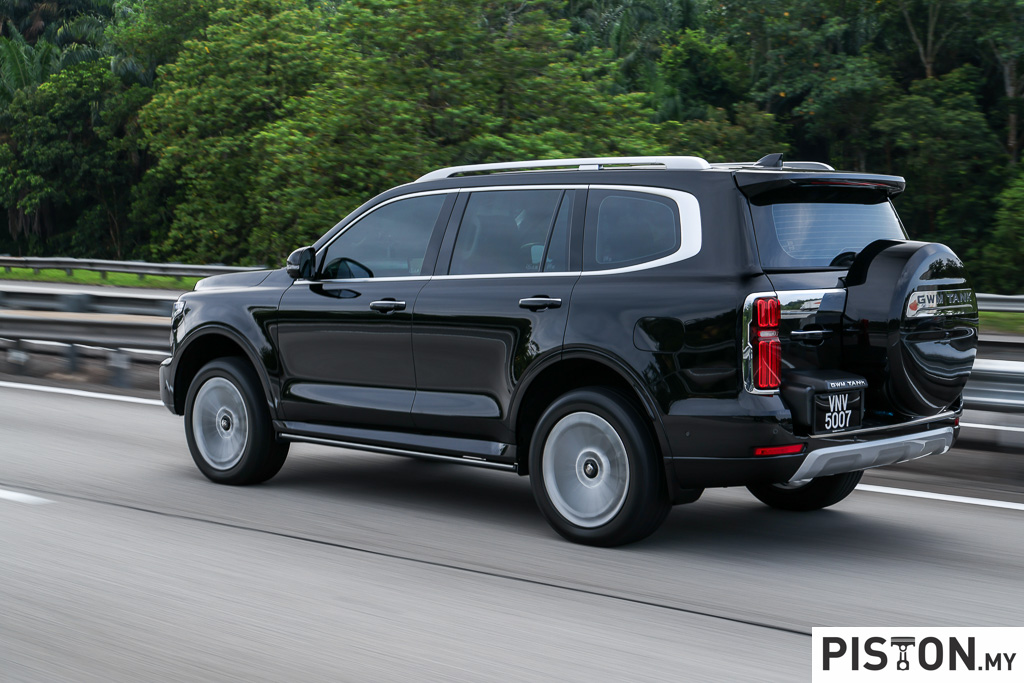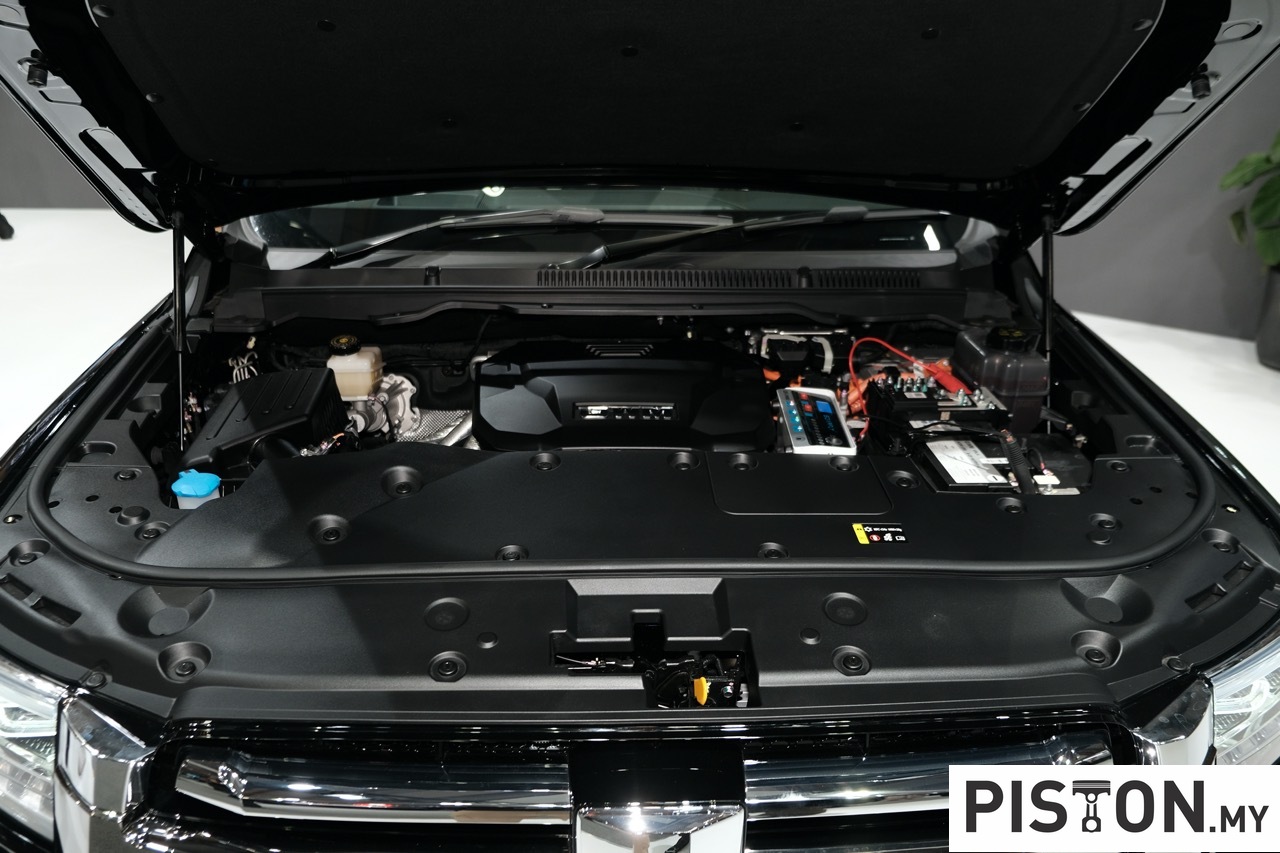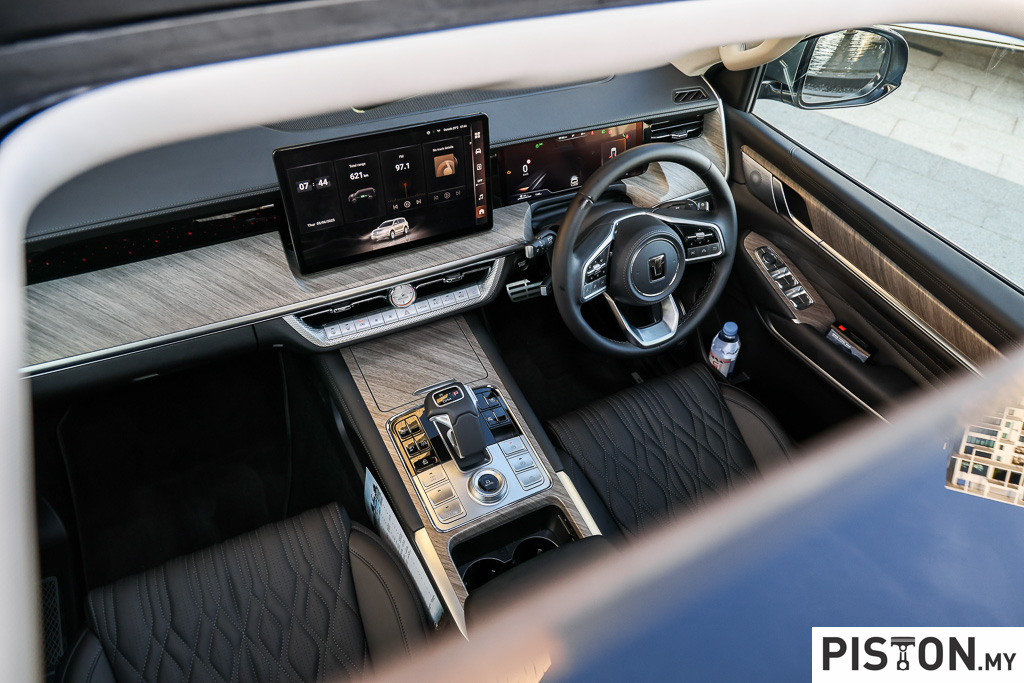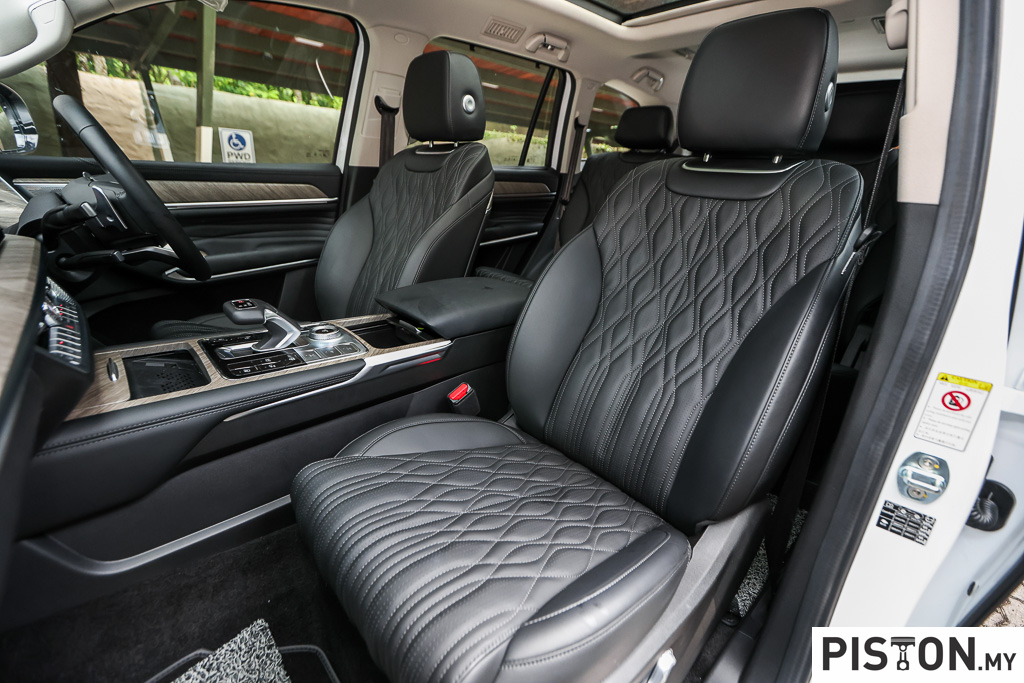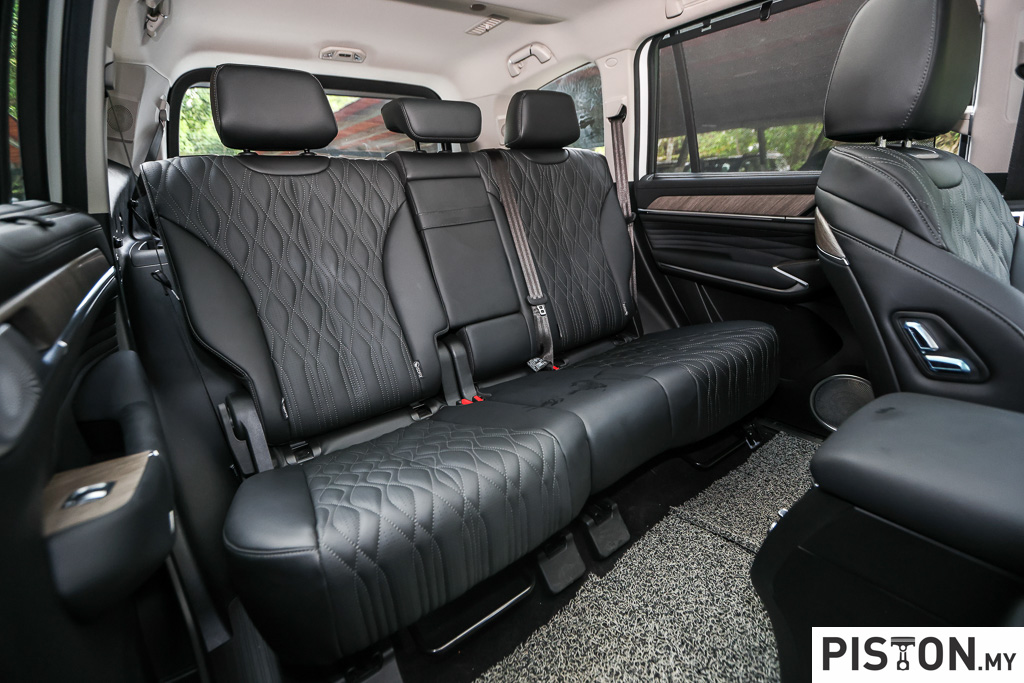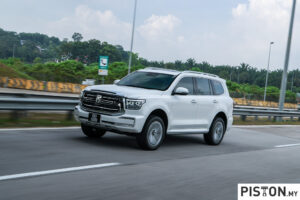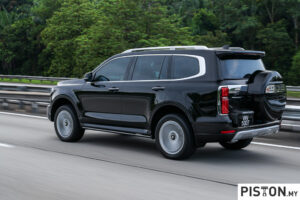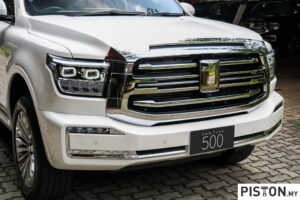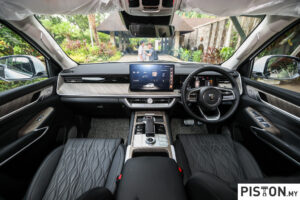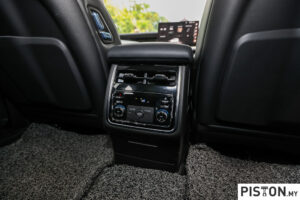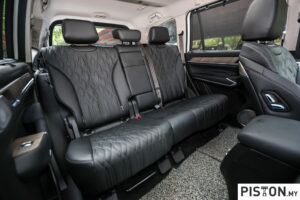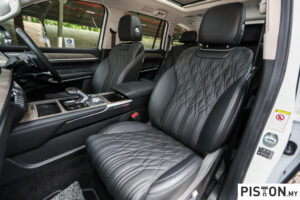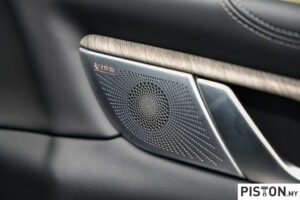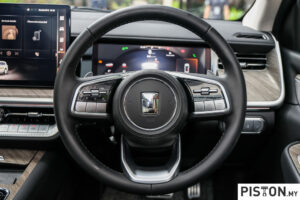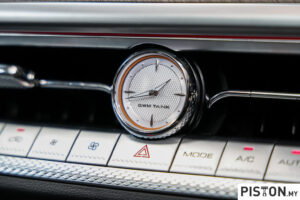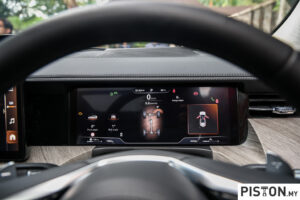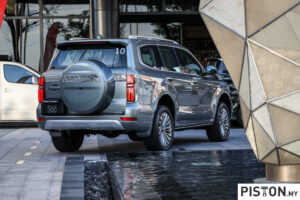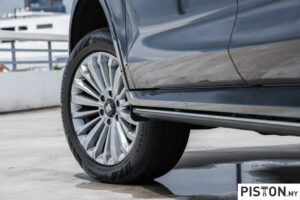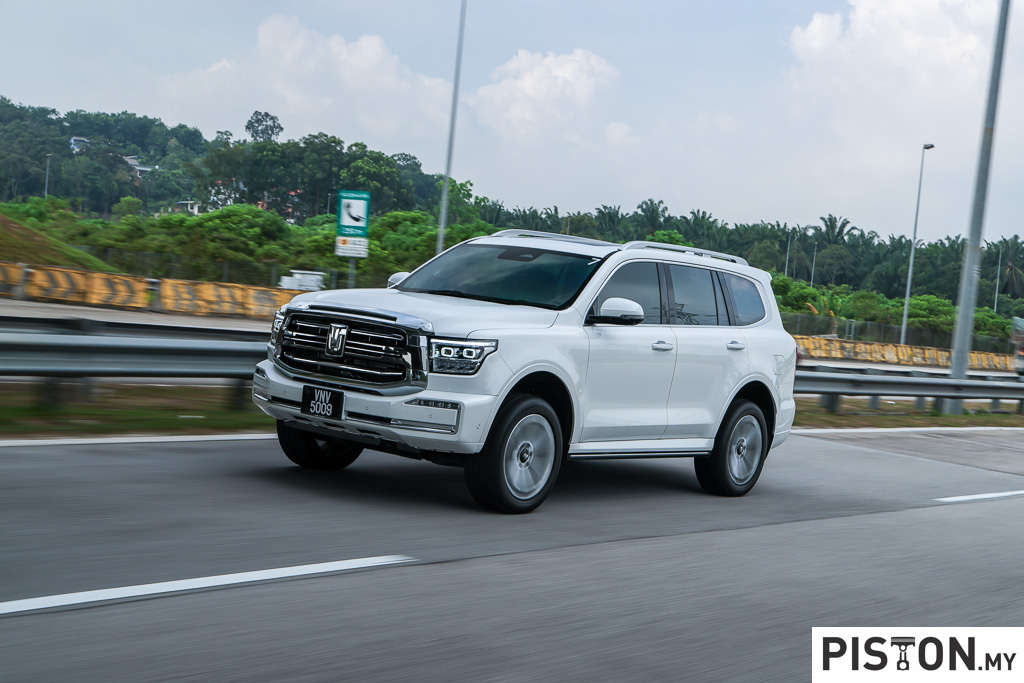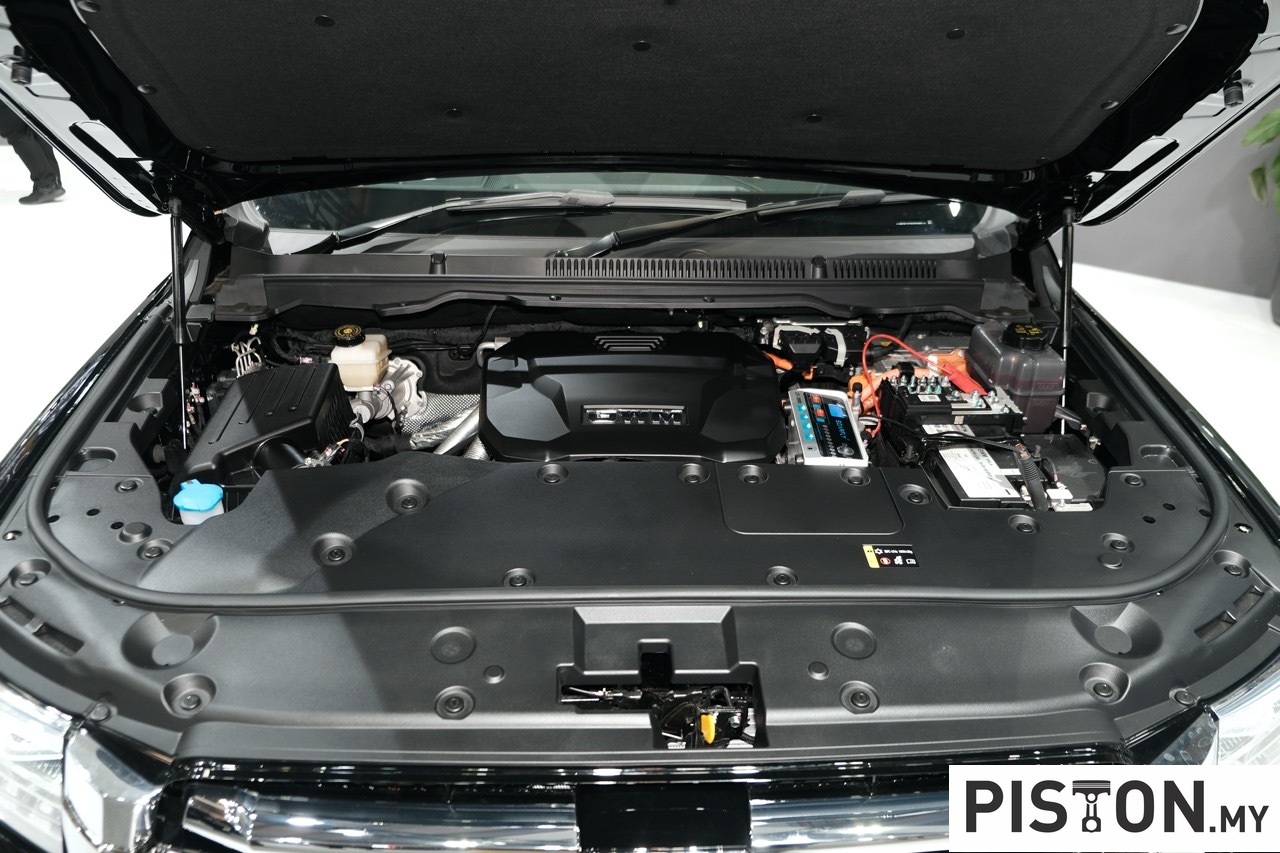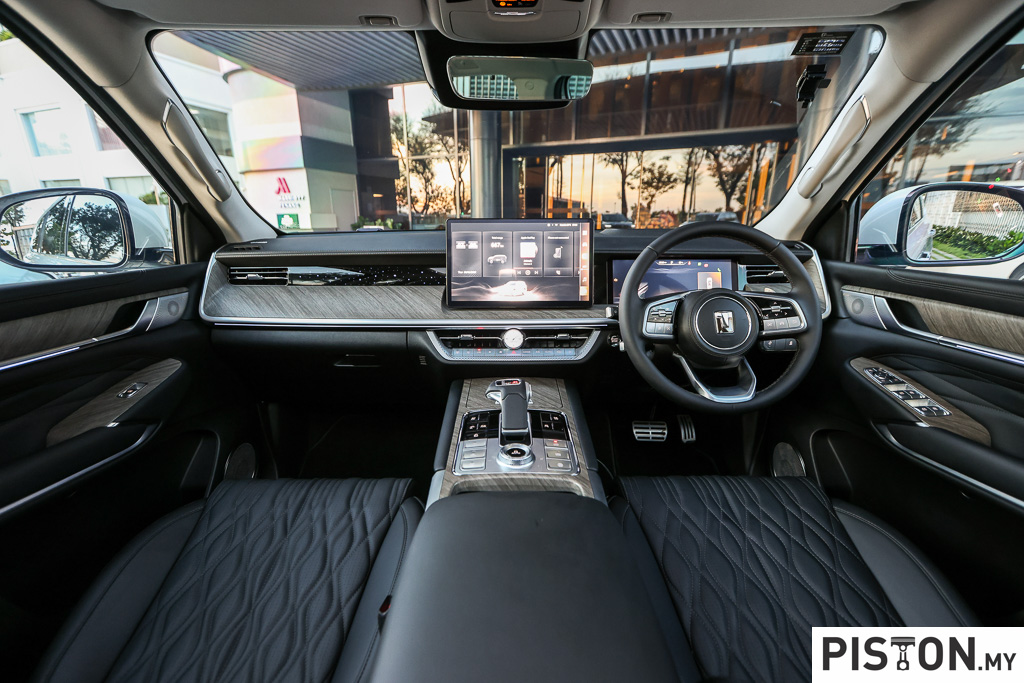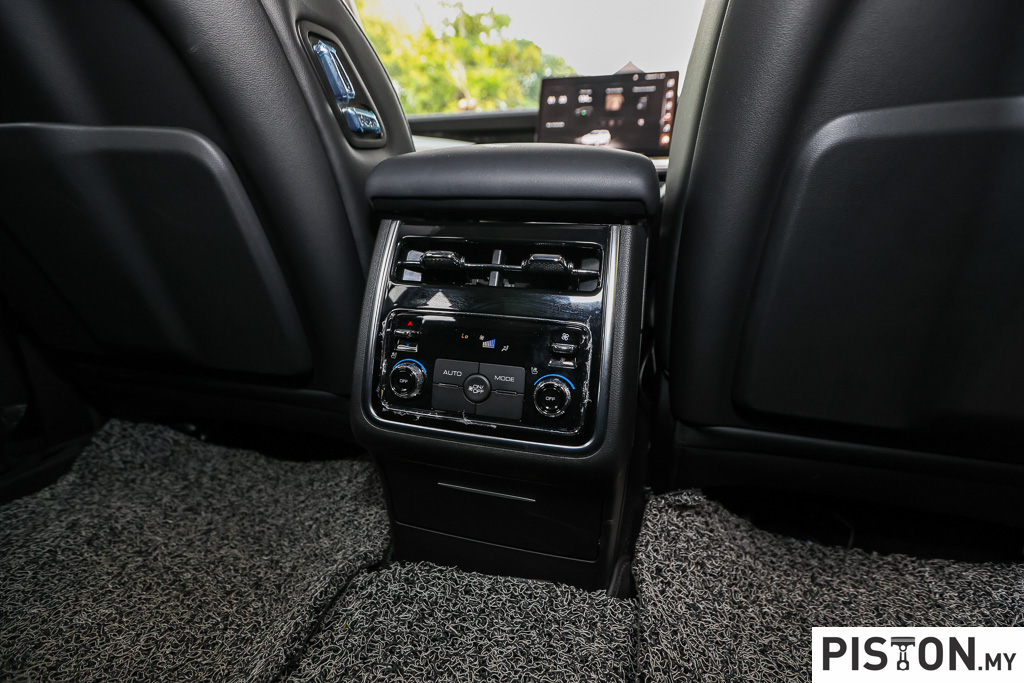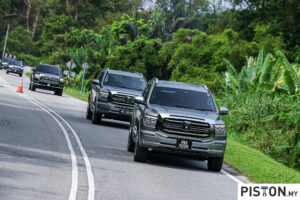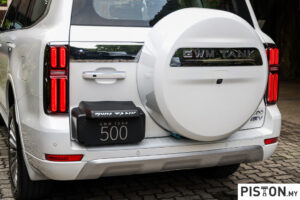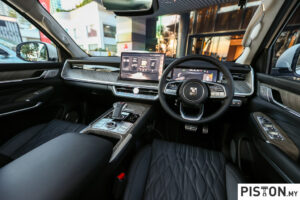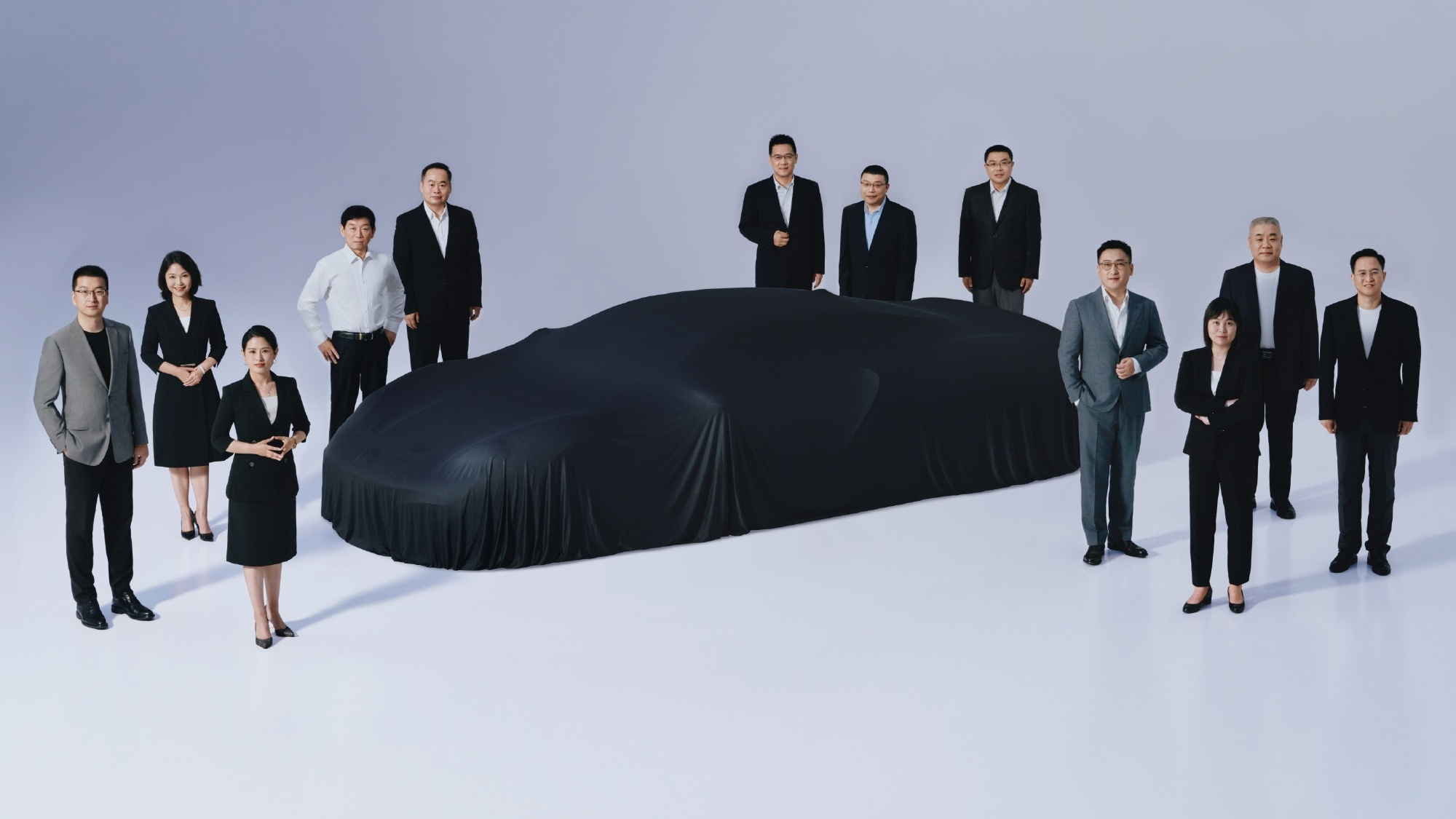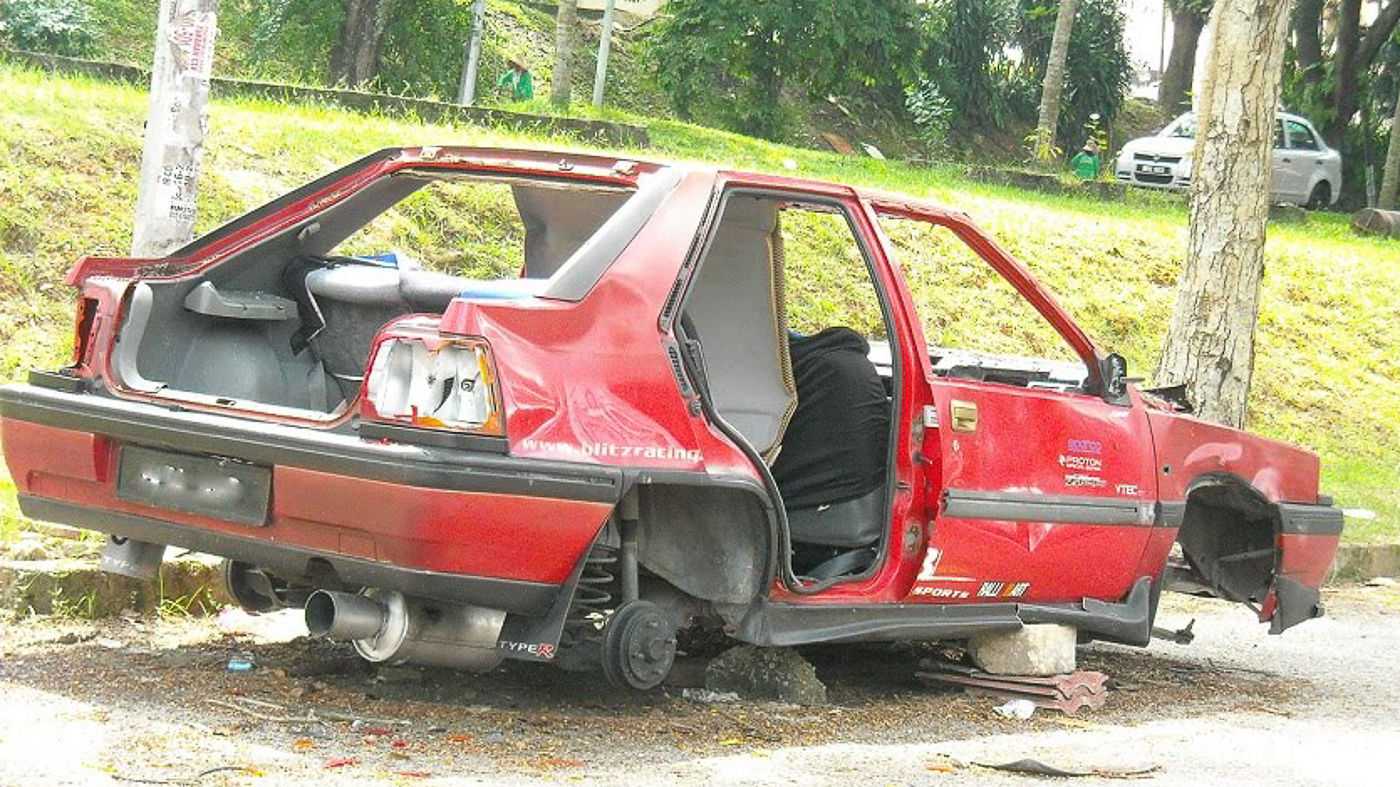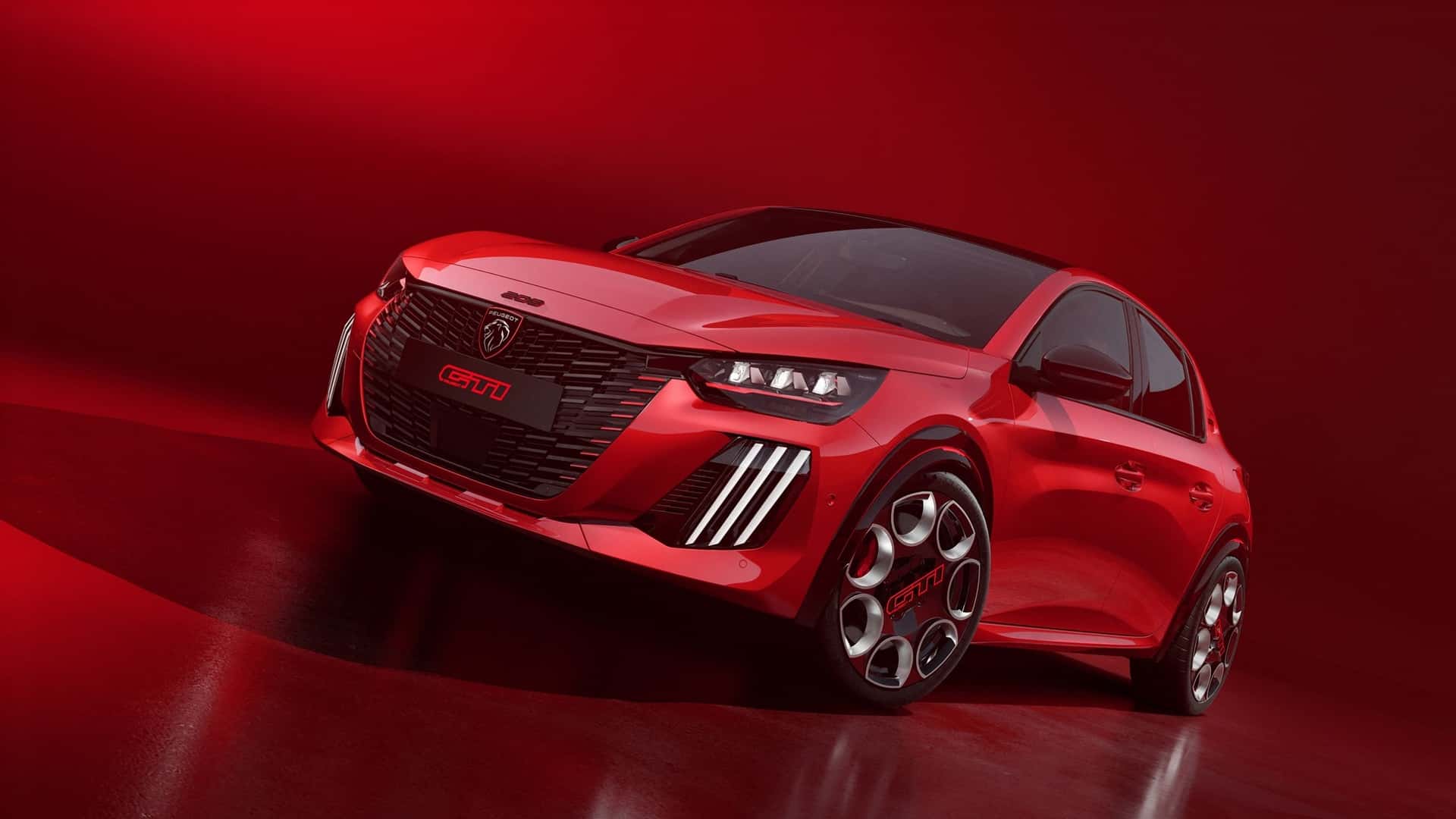Great Wall Motor (GWM) bakal memperkenalkan WEY G9 di Malaysia, menjadikannya MPV tenaga baharu premium pertama syarikat itu untuk pasaran tempatan. Menariknya, model ini juga akan menjadi MPV premium China pertama yang dipasang secara tempatan (CKD), dengan harga disahkan di bawah RM300,000. Selain Malaysia, versi stereng kanan G9 turut akan dieksport ke negara lain seperti Thailand dan Indonesia.
WEY G9 akan menyertai barisan kenderaan GWM di Malaysia yang kini merangkumi Haval H6 HEV, Tank 300 dan 500 HEV, serta model elektrik sepenuhnya ORA Good Cat dan ORA 07. MPV ini disasarkan kepada keluarga moden dengan gabungan ciri keselamatan, praktikaliti dan kemewahan. Nama model ini turut mempunyai makna tersendiri – huruf “G” melambangkan kasih sayang antara generasi, angka “9” melambangkan kesatuan, manakala “WEY” diambil sempena nama pengasas jenama, Jack Wey.
Keselamatan Tahap Tinggi
WEY G9 baru-baru ini meraih penarafan 5 bintang C-NCAP. Badannya diperkuat dengan lebih 81% keluli kekuatan tinggi, tiang ultra-kuat, serta kerusi dengan sokongan tambahan. Airbag tirai sisi meliputi ketiga-tiga baris tempat duduk, manakala bumbungnya mampu menampung sehingga 12 tan berat. Sistem bateri pula diuji dalam 89 senario berbeza dan dilindungi oleh beberapa lapisan keselamatan.
Enjin Hibrid Berkuasa
Dikuasakan enjin 1.5 liter turbo bersama sistem hibrid dwi-motor, G9 menghasilkan sehingga 442 PS dan 642 Nm tork. Prestasi ini membolehkan pecutan 0–100 km/j hanya dalam 5.7 saat dengan kelajuan maksimum mencecah 200 km/j.
Ia boleh bergerak sejauh 170 km menggunakan kuasa elektrik sepenuhnya, dan sehingga 1,000 km dengan gabungan bahan api dan elektrik. Penggunaan bahan api direkodkan serendah 1.2 liter bagi setiap 100 km, manakala pengecasan pantas dari 30% ke 80% hanya mengambil masa 26 minit dengan saiz bateri 44.2kWh.
Kemewahan Kabin
Bahagian dalaman G9 memberi tumpuan kepada keselesaan dan gaya hidup moden. Tempat duduk balutan kulit Nappa dilengkapi fungsi urut dan pengudaraan, selain peti sejuk terbina dalam yang boleh menyejukkan atau memanaskan barangan. Konsol hadapan menampilkan paparan digital 12.3 inci dan skrin sesentuh 15.6 inci yang dijana oleh sistem operasi Coffee OS 3. Ruang kabin juga luas, dengan kapasiti simpanan sehingga 1,725 liter apabila kerusi dilipat.
Dimensi dan Pilihan Warna
Dengan ukuran 5,050 mm panjang, 1,960 mm lebar dan 1,900 mm tinggi, WEY G9 lebih besar berbanding Toyota Alphard. Ia ditawarkan dalam tiga pilihan warna luaran – kelabu, hitam dan putih, dipadankan dengan kemasan dalaman berwarna coklat atau hitam.
Sedia Untuk Tempahan
Tempahan kini dibuka di pusat pengedar terpilih, dengan pelancaran rasmi bakal berlangsung tidak lama lagi. Dengan gabungan keselamatan canggih, teknologi moden dan keselesaan premium, WEY G9 dijangka menjadi pencabar serius dalam pasaran MPV mewah di Malaysia.

